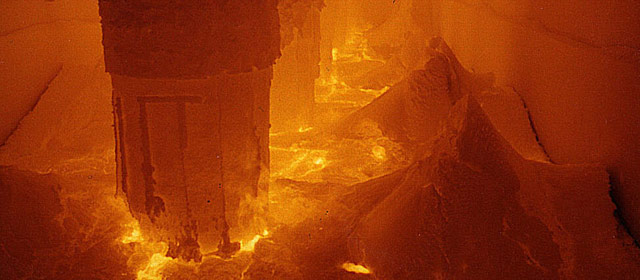Story summary
What do the steel roofs and sheds you see all around New Zealand have to do with the North Island’s west coast beaches? The answer lies in the black sands.
Making iron
In the earth’s crust there are minerals known as ores. These contain metals such as iron and copper. Many countries have plenty of iron ore, usually dug from the ground. Lumps of ore are heated in blast furnaces fired by coal or coke and blasts of air. After a chemical reaction, molten iron settles to the bottom and is poured off.
Making steel
Most iron is turned into steel, which is stronger and more flexible. To make steel, the molten iron is mixed with carbon (coal or coke) and processed into big slabs.
New Zealand’s ironsands
New Zealand does not have much iron ore in rocks, but it has plenty of beaches with ironsands, another type of ore. The beaches stretch down the North Island’s west coast from Kaipara Harbour to Wanganui.
Titanomagnetite
A dark mineral called titanomagnetite is found in the sands. It contains iron-rich titanium. Titanomagnetite comes from volcanic rocks in Taupō and Taranaki. The rocks gradually break into grains that end up on the coast as dark-coloured sands.
Extracting iron from the sands
From about 1850, people tried to get iron from the sands, to make steel. The blast furnaces used overseas did not work because the sand blocked the flow of air, and the titanium clogged the flow of molten iron. In the 1950s, engineers solved these problems, using electric furnaces. They could now get molten iron from ironsands.
New Zealand’s steel industry
Since the 1960s a steel mill has been producing steel at Glenbrook, near Auckland. The process begins on the Waikato coast, where ironsands are made into a concentrated liquid, or slurry. This is pumped underground to Glenbrook, 18 kilometres north. Here, the slurry is heated in an electric furnace and turned into molten iron. Finally, this is processed into steel.
Each year Glenbrook produces 650,000 tonnes of steel for products such as roofing, shelving, machines and tools. It is the only mill in the world to make steel from ironsands.





